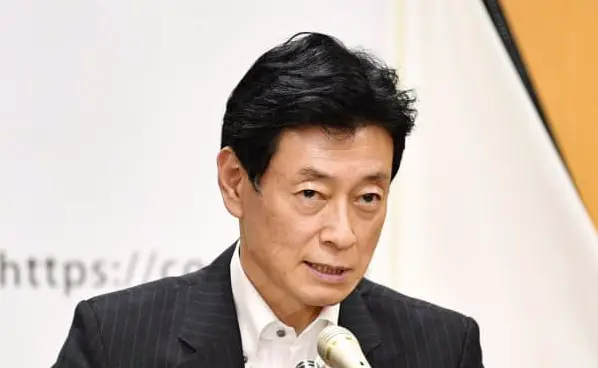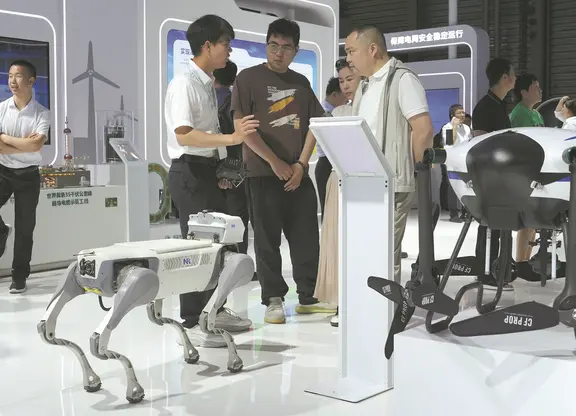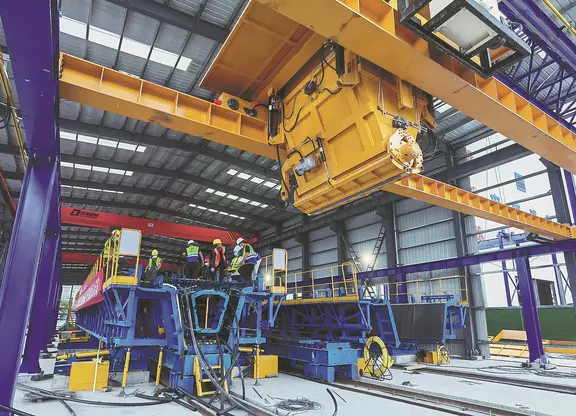By APD Writer Ji Xiaojin
(Translated by Ye Shan)
Japanese Prime Minister Shinzo Abe traveled to India on Sept. 13 for a three-day visit.
The two sides were expected to hold talks on issues in various fields such as security, maritime defense, economic cooperation and high-speed railway construction.
Japanese Chief Cabinet Secretary Yoshihide Suga said at a news conference on Sept. 12 that the visit would help the Abe government make greater strides into a new era of Japan-India relations and conceive methods to further enhance bilateral ties.
Having visited India as PM for four times, Abe has long been eager to woo India. Since he became PM for the first time in 2006, the Japanese politician has been promoting bilateral military cooperation under the guise of strengthening economic cooperation.
Some analysts have pointed out that Japan regards India as a major country in terms of diplomatic strategies, a partner in terms of alliance strategies and a hub in terms of maritime strategies. It is clear that Japan has always considered India as a useful pawn to counterbalance the Asian-Pacific region and an important bargaining chip for its maritime strategies.
Before his departure, Abe said in an interview at Haneda Airport that during the visit Japan would work with India to step up pressure on the Democratic People’s Republic of Korea and express the appeal to the international community. The DPRK issue would surely be discussed. However, it is safe to say that the true reason of the two countries’ latest show of chumminess is China.
Keen to elevate its international position and realize its major-country ambitions, India has been making moves frequently over recent years. The Indian Express broadly pointed out on Sept. 12 that after the Doklam standoff, the India-Japan partnership would serve as the foundation of a big alliance against China.
Abe, who has always believed in “China threat theory,” sees China as an imaginary enemy and welcomes any country or move against China. After the Doklam confrontation, India is aware that with its current military strength it is hard to change the status quo along the border with China. In fear of China, India would likely seek other countries’ military support. The Doklam incident offered Japan an opportunity, and Abe seized it and paid the visit.
Without any doubt, it would be easier now for Abe to win Modi’s cooperation on some issues and realize his scheme of “befriending a distant state while attacking a neighbor.” And as both sides have their needs, the meeting would definitely be “friendly and fervent.”
What’s more, occupying India’s high-speed railway market is also part of Japan’s strategy against China. It is well known that high-speed rail is a focus of China-Japan competition in India, and Japan hopes to take over the Indian market before China. According to media reports, Abe would attend a cornerstone laying ceremony of a high-speed railway from Ahmedabad to Mumbai on Sept. 14, which means Japan has gained an advantage.
Under the current regional circumstances, India might gradually close ranks with Japan and the United States for some kind of psychological security. Whether that kind of “security” would be reliable or not, the reality is right there: China is not only India’s neighbor, but also its biggest trading partner. They are both developing countries, and they have unbreakable economic and cultural bonds.
Therefore, if the Indian government can have a right understanding of the current situation, China-India relations will avoid falling into a deadlock. Should Japan keep behaving like a trouble-making meddler among its neighbors to the detriment of regional peace and stability, it would eventually jeopardize its own development in the long run.
JI Xiaojin, fellow of APD Institute, associate professor of Japanese department , University of International Relations.
(ASIA PACIFIC DAILY)
 简体中文
简体中文







